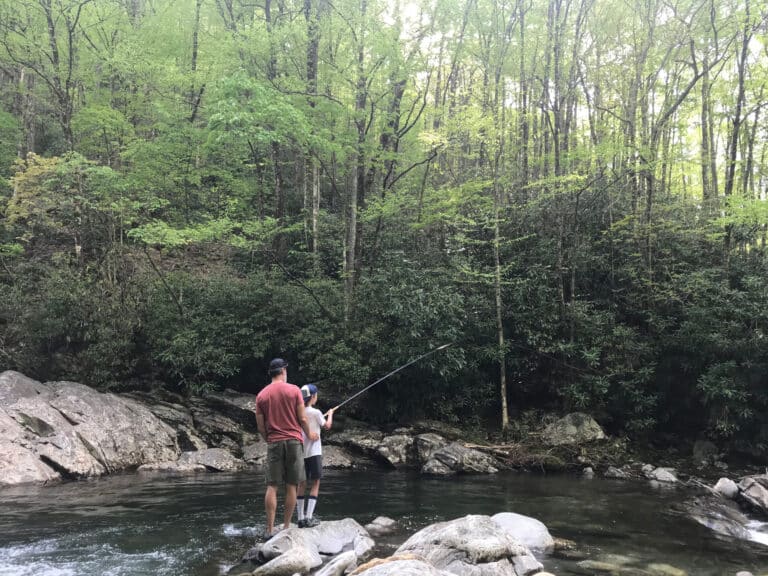Dear EarthTalk: Is it true that the BP oil leak is much more of an environmental threat than previous spills from tankers, and if so why? — Nathan Gore, Pawtucket, RI
No one knows for sure how the ongoing oil catastrophe in the Gulf of Mexico will affect the deep sea ecosystem, but scientists are not optimistic. Oil from what is now considered the nation’s second largest spill, 1989’s Exxon Valdez mishap, slicked 11,000 square miles of ocean surface and 1,300 miles of pristine Alaskan coastline while killing hundreds of thousands of birds and marine mammals and untold numbers of fish and fish eggs. But the impacts of the ongoing Deepwater Horizon leak in the Gulf may be far worse given that much of the loose oil is actually in the water column, not on the surface. In fact, researchers from the National Oceanic and Atmospheric Administration (NOAA) recently detected huge deepwater plumes of dispersed oil up to 30 miles long, seven miles wide and hundreds of feet thick.
Why would an undersea spill be worse? One outcome could be the expansion in size and extension in time of a seasonal “dead zone” that already plagues the Gulf of Mexico as a result of industrial pollutants and agricultural run-off from the Mississippi River. While huge Gulf of Mexico algae blooms help to naturally clean up the Midwest’s factory emissions and wasted fertilizer, such a process doesn’t come without a cost to the ecosystem. Every spring, in a condition known as hypoxia, this fast growing algae depletes large sections of the Gulf’s water column of the oxygen crucial for other life forms to survive there. The BP oil spill is likely to exacerbate this problem, as natural oil-eating microbes swarming over undersea oil plumes could cause or add to hypoxic conditions in otherwise teeming swaths of the Gulf.
According to NOAA researcher Samantha Joye, the undersea oil poses a direct threat to large marine wildlife, such as fish, sharks and cetaceans, and also to the tiny stuff, including zooplankton, shrimp, corals, crabs and worms. By endangering these latter populations, the foundation of the marine food chain, the oil could have chronic long-term effects on the wider Gulf ecosystem, including the industries—more shrimp and oysters come from the Gulf than anywhere else in the world—that rely on them.
Another worry is how the chemical dispersants being used to break up the undersea oil will impact the Gulf’s ecosystems and inhabitants. The dispersant’s ingredients are a trade secret closely held by the company that makes it, and therefore have not been vetted by marine biologists to determine their safety for use in such a large application. It also remains to be seen what impact the tiny oil droplets left in the dispersant’s wake will have. It could actually be worse for the undersea environment to break the oil up into tiny droplets (which is done to try to make it easier for microbes to digest them).
Beyond all these undersea environmental effects, the oil is also starting to wash up into coastal wetlands already besieged by overdevelopment, pollution and the lingering effects of Hurricane Katrina. If there can be any silver lining to this catastrophe, it may be that it is the wake-up call we’ve needed to start moving more rapidly away from fossil fuels to a clean, renewable energy future. For starters, we can all begin to reduce our own oil consumption and opt for clean and green energy sources whenever possible.
CONTACTS: Deepwater Horizon Response, www.deepwaterhorizonresponse.com; NOAA, www.noaa.gov.
SEND YOUR ENVIRONMENTAL QUESTIONS TO: EarthTalk®, c/o E – The Environmental Magazine, P.O. Box 5098, Westport, CT 06881; [email protected]. E is a nonprofit publication. Subscribe: www.emagazine.com/subscribe; Request a Free Trial Issue: www.emagazine.com/trial.







